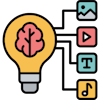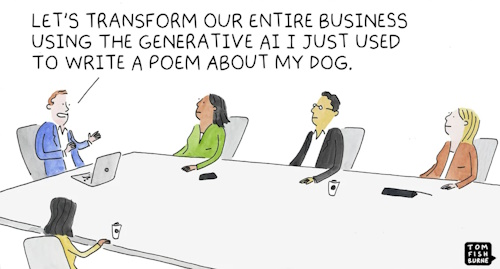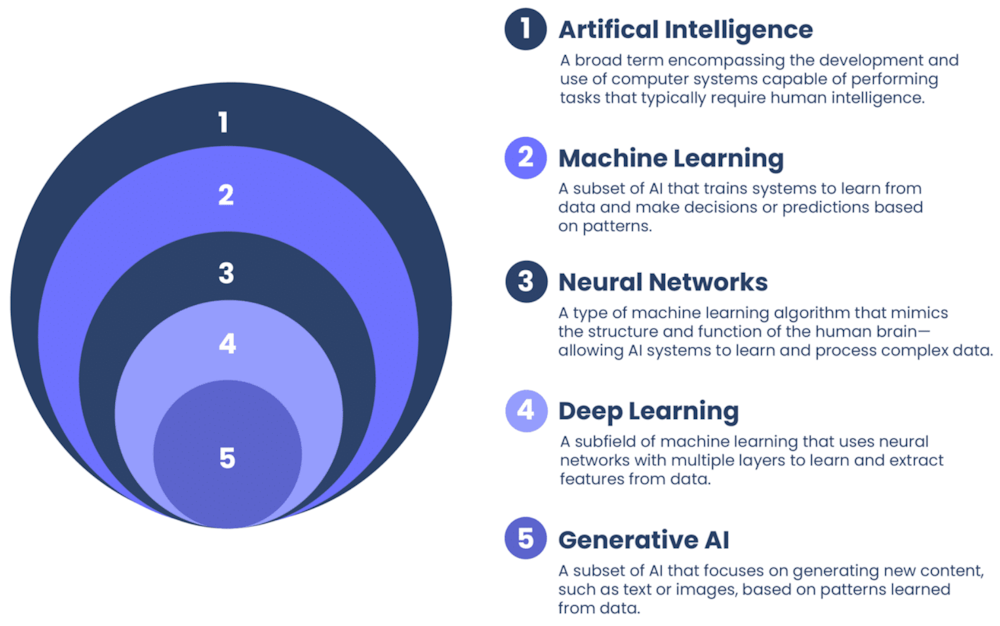 Generative AI
Generative AI
Generative artificial intelligence is the part of AI that addresses creating content based on data from its training. While traditional AI excels at analyzing data and automating tasks, generative AI adds a revolutionary twist by creating entirely new content.
This technology has gained attention and popularity due to its ability to produce a wide range of outputs, including text, images, audio, and videos
Generative AI is transforming how we create and interact with digital content. By understanding its mechanisms, applications, and ethical implications, users can harness its potential while navigating the challenges it presents. As the technology continues to evolve, it will likely play an increasingly important role in human life.
What is Generative AI?
Generative AI refers to AI systems that can generate original content in response to user inputs. This includes:
- Writing articles, stories, or summaries (e.g., ChatGPT).
- Creating visual art or realistic images from descriptions (e.g., DALL-E, Midjourney).
- Composing music or generating speech.
- Producing video content based on scripts or themes.

How Does Generative AI Work?
Generative AI models typically utilize machine learning techniques, particularly deep learning algorithms. Key components include:
- Foundation Models: These are large-scale models trained on diverse datasets that capture patterns and relationships within the data. They can perform various tasks without needing task-specific training.
- Generative Models: Unlike traditional models that classify data or make predictions, generative models learn to create new data points. They analyze existing data to understand its structure and generate new instances that resemble the training data.
Types of Generative Models
- Generative Adversarial Networks (GANs): Consist of two neural networks (generator and discriminator) that compete against each other to improve the quality of generated outputs.
- Variational Autoencoders (VAEs): Learn to encode input data into a compressed format and then decode it back into new instances.
- Large Language Models (LLMs): Such as GPT-3 and GPT-4, which generate coherent text based on input prompts.

Applications of Generative AI
Generative AI has diverse applications across various fields:
- Creative Industries: Artists and designers use generative AI for inspiration or to create unique artworks.
- Content Creation: Marketers and writers leverage these tools for generating blog posts, marketing materials, and social media content.
- Gaming: Developers use generative AI to create dynamic game environments and characters.
- Education: Tools like ChatGPT assist in tutoring and providing personalized learning experiences.
Ethical Considerations and Challenges
While generative AI offers exciting possibilities, it also raises ethical concerns:
- - Deepfakes: The technology can be misused to create realistic but fake images or videos, leading to misinformation.
- - Intellectual Property: Questions arise regarding the ownership of content generated by AI systems.
- - Bias and Fairness: If trained on biased datasets, generative models can produce outputs that reflect those biases.
 Links
Links
aws.amazon.com/what-is/generative-ai/
cloudskillsboost.google/paths/118
en.wikipedia.org/wiki/Generative_artificial_intelligence
techtarget.com/searchenterpriseai/definition/generative-AI
youtube.com/watch?v=rwF-X5STYks
coursera.org/articles/what-is-generative-ai
news.mit.edu/2023/explained-generative-ai-1109
govops.ca.gov/wp-content/uploads/sites/11/2023/11/GenAI-EO-1-Report_FINAL pdf